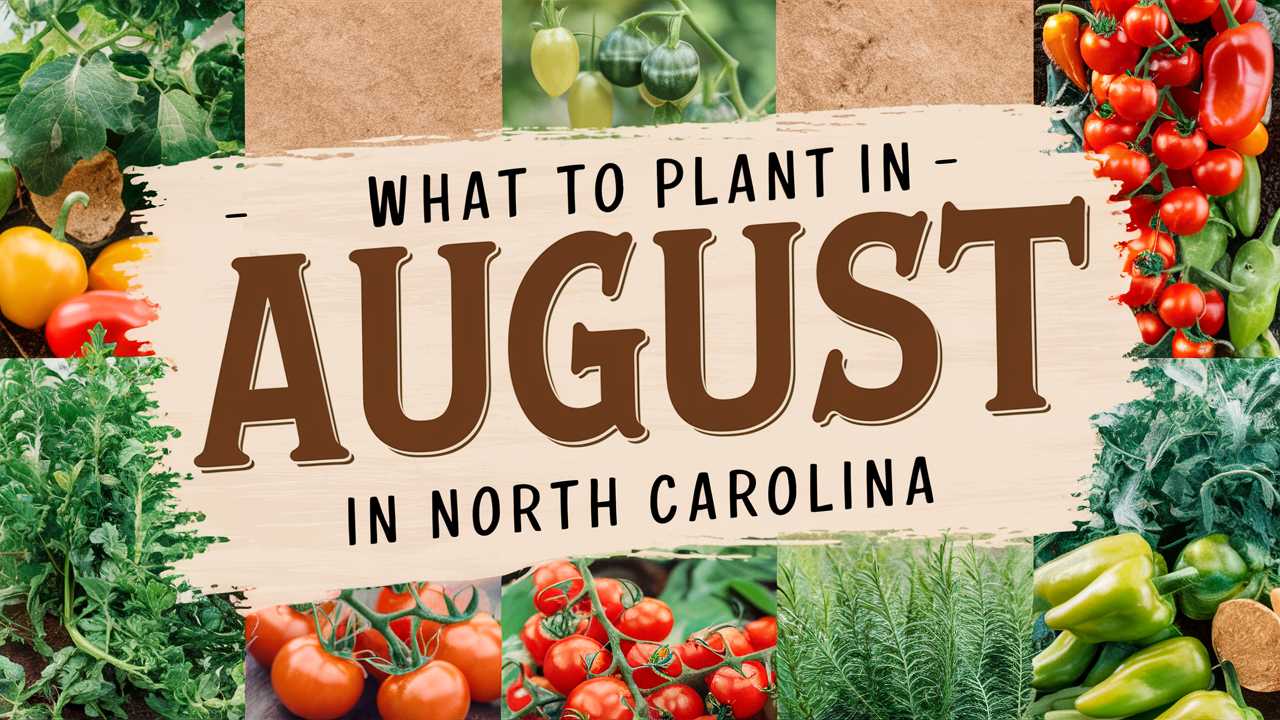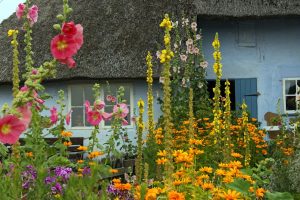In this guide, we will explore what you can successfully plant in August across various sections: vegetables, flowers, herbs, and landscape plants. Each section will provide detailed insights to help you make informed choices for your late summer and early fall gardening endeavors.
Vegetables To Plant
Planting vegetables in August can extend your harvest season and allow you to enjoy fresh produce well into the fall. However, it is essential to choose varieties that match the climatic conditions of your specific USDA zone.
Beans (Bush and Pole)
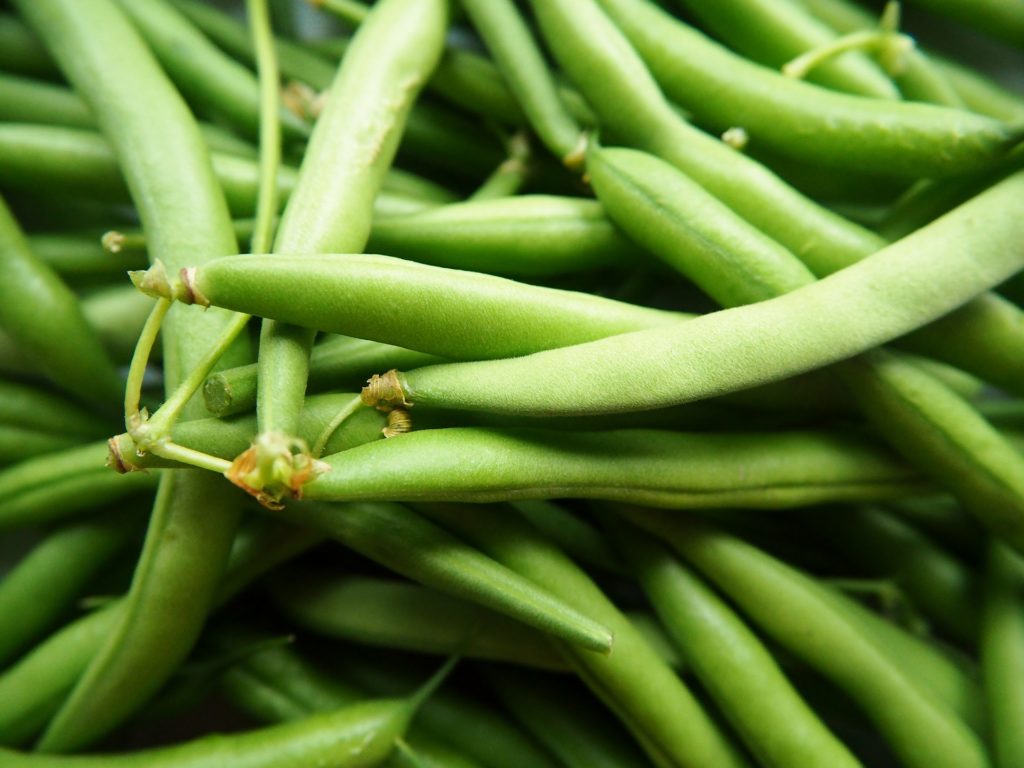
Beans are a staple in many gardens due to their ease of growth and versatility in cuisine. In North Carolina, both bush and pole beans can be planted in early August. They thrive in warm weather but should be planted before the first frost, which typically occurs in October for most regions. Beans prefer well-draining soil with ample sunlight.
Temperature Tolerance: Beans prefer daytime temperatures between 70°F and 90°F.
Planting Dates: Early August is ideal, as these plants can mature in approximately 50 to 60 days.
Cucumbers
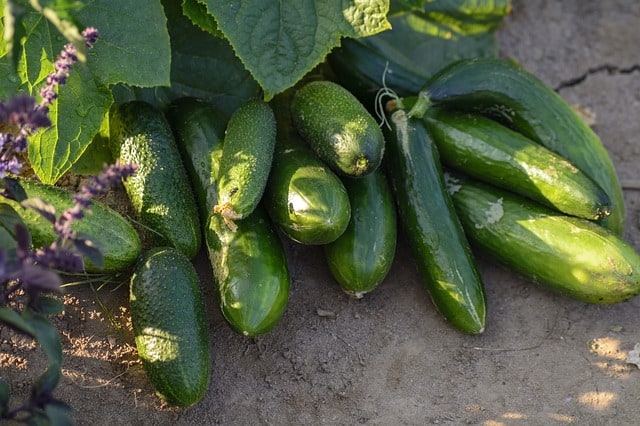
Cucumbers are an excellent choice for August planting as they can be harvested as late as October. Quick to germinate and grow, these refreshing vegetables thrive in North Carolina’s summer warmth, which helps with their rapid development. They prefer a sunny location and well-drained, nutrient-rich soil.
Temperature Tolerance: Cucumbers thrive at temperatures of 70°F to 85°F.
Planting Dates: Aim to plant by mid-August to ensure you harvest before frost hits.
Radishes
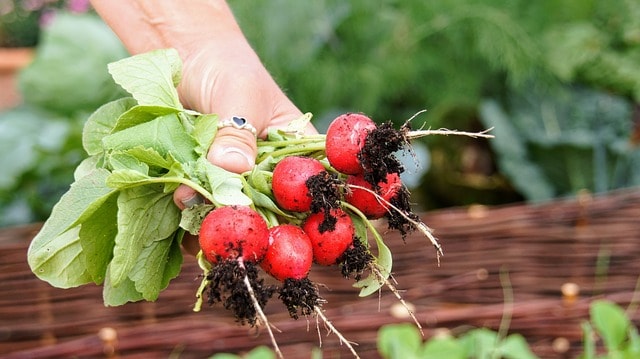
Radishes are one of the fastest-growing vegetables, making them perfect for late summer planting. They can germinate within a week and mature in approximately 30 days. Radishes are suitable for both cool and warm seasons, although they prefer cooler weather as they mature.
Temperature Tolerance: Ideal temperatures range from 50°F to 75°F.
Planting Dates: Plant radishes until mid to late August in USDA zones.
Spinach
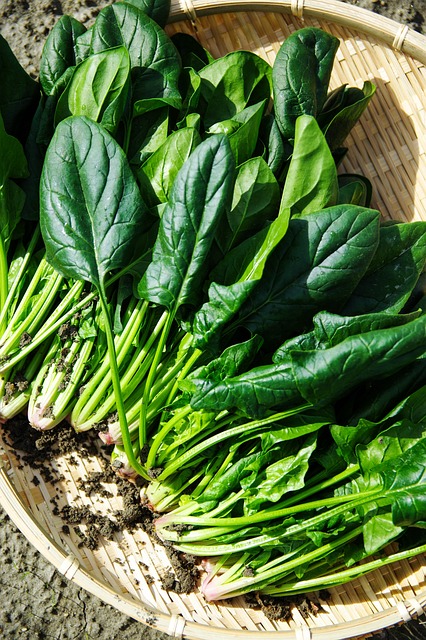
Spinach is a nutritious leafy green that can be planted in late summer for a fall harvest. This cool-season crop thrives as temperatures start to drop in late August. Ensure the soil retains moisture and is well-drained for optimal growth.
Temperature Tolerance: Best grown between 50°F and 68°F.
Planting Dates: Plant by the end of August to enjoy its harvest in the cooler fall months.
Kale
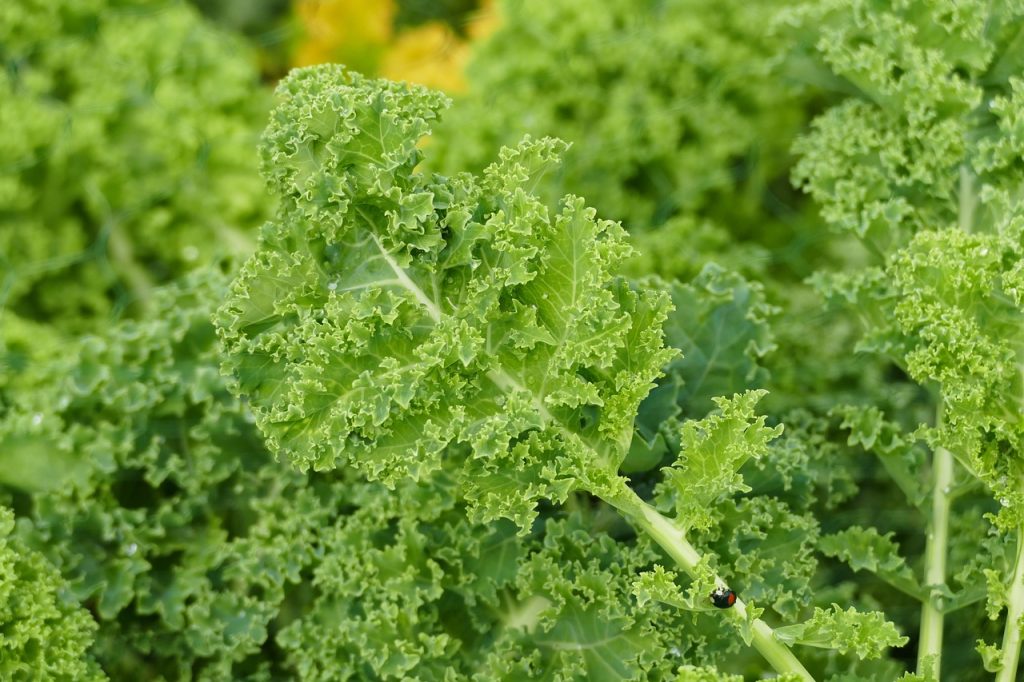
Kale is another excellent choice for August planting. This nutrient-dense green thrives in cooler temperatures and can withstand light frosts, making it ideal for fall crops. Kale can be harvested multiple times and continues to grow in conditions that would typically slow down other plants.
Temperature Tolerance: Prefers temperatures from 45°F to 75°F.
Planting Dates: Late August provides an excellent window for planting kale before the first frost.
Carrots
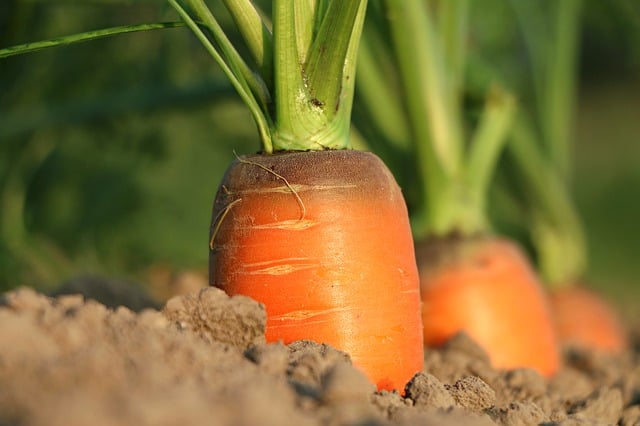
Carrots are highly resilient and can thrive in North Carolina’s soil. They require consistent watering and loose, sandy soil for optimum root development. Late August plantings can yield sweet and crunchy roots into the fall season.
Temperature Tolerance: Ideal temperatures are between 60°F and 70°F.
Planting Dates: Plant in the last week of August to ensure timely growth before frosts.
Turnips
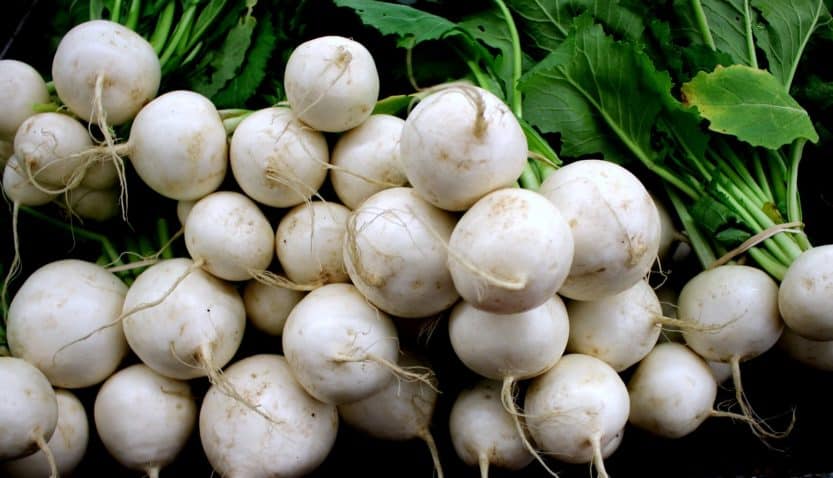
Turnips grow quickly and can be sown in succession for a continuous harvest. They are very tolerant of cooler temperatures, which will enhance their sweet flavor. Turnips prefer loose, well-drained soil and should be kept well watered.
Temperature Tolerance: Best grown at temperatures ranging from 45°F to 65°F.
Planting Dates: Late August planting will yield a harvest before winter.
Beets
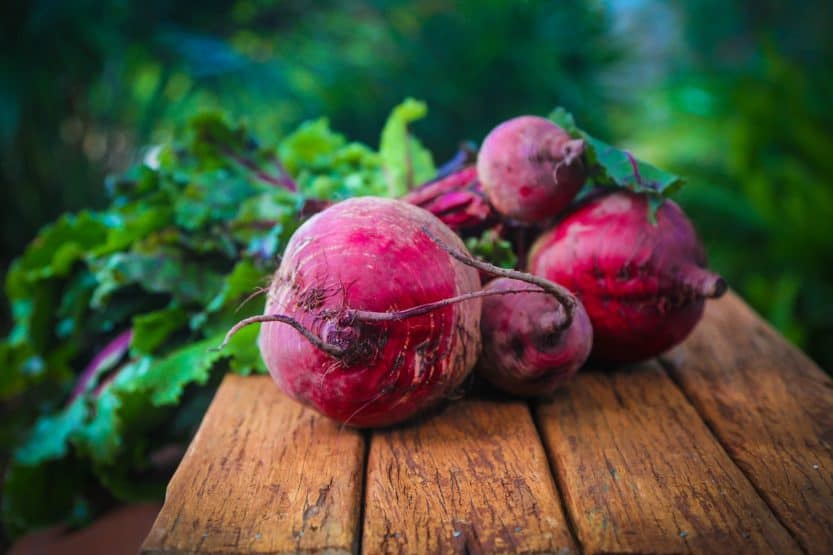
Beets thrive in cooler conditions, making them perfect for fall harvests. Beets can be sown directly into the garden bed and will mature in approximately 50 to 70 days. They are also delicious both as roots and greens.
Temperature Tolerance: Optimal growth occurs between 50°F and 75°F.
Planting Dates: Save your planting until late August for the best results.
Swiss Chard
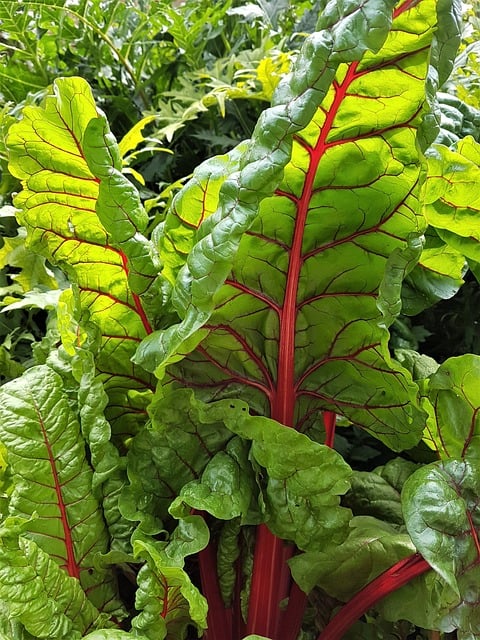
Swiss Chard is a versatile leafy green that can be planted in late summer for a fall harvest. It prefers cooler temperatures and can provide an extended harvest throughout the fall and into early winter with appropriate protection.
Temperature Tolerance: Best grown at temperatures between 60°F and 75°F.
Planting Dates: Late August is suitable for planting chard ahead of cooler weather.
Broccoli
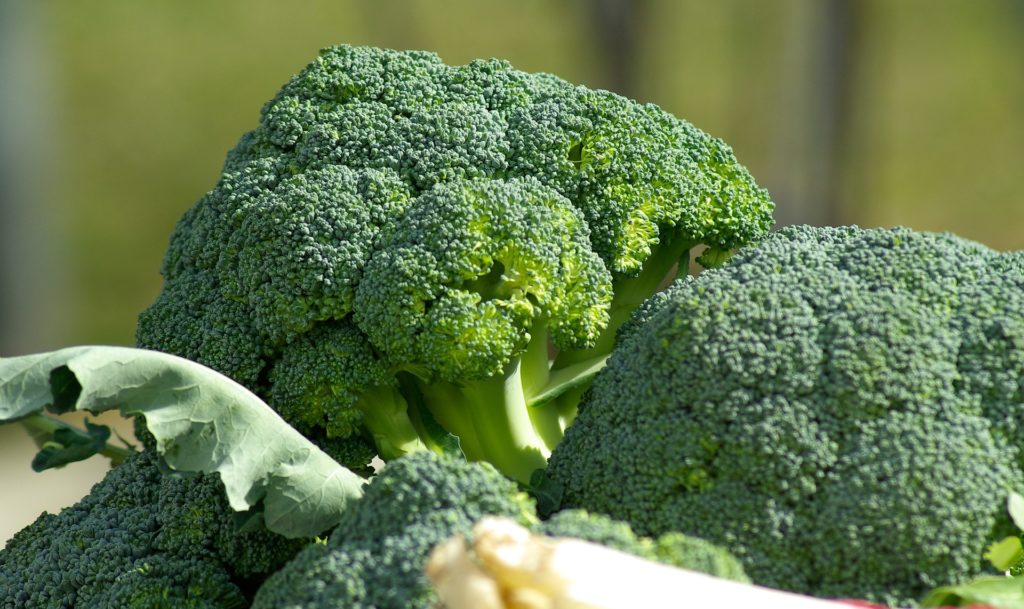
Broccoli is another excellent option that thrives in the cooler fall months. It prefers rich, well-draining soil and consistent moisture. Planting in late August will ensure that it establishes well before the colder temperatures settle in.
Temperature Tolerance: Grows best at temperatures between 60°F and 70°F.
Planting Dates: Late August is the time to plant broccoli for a fall harvest.
Flowers To Plant
August is not just about vegetables; it’s also a great time to plant flowers that can add beauty and vibrancy to your garden while also attracting pollinators.
Snapdragons
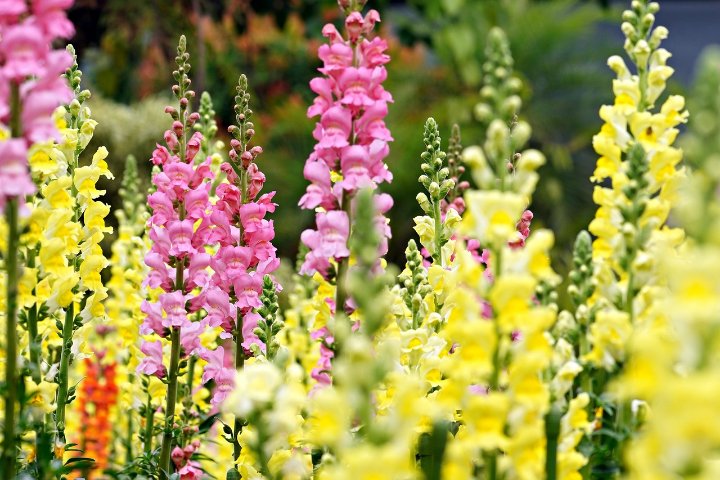
Snapdragons are a popular choice for fall gardens, providing vibrant blooms in a range of colors. They thrive in cooler temperatures, allowing them to establish roots before a potential frost hits.
Temperature Tolerance: Best suited for 60°F to 70°F.
Planting Dates: Late August planting allows for flowering from fall into early winter.
Pansies
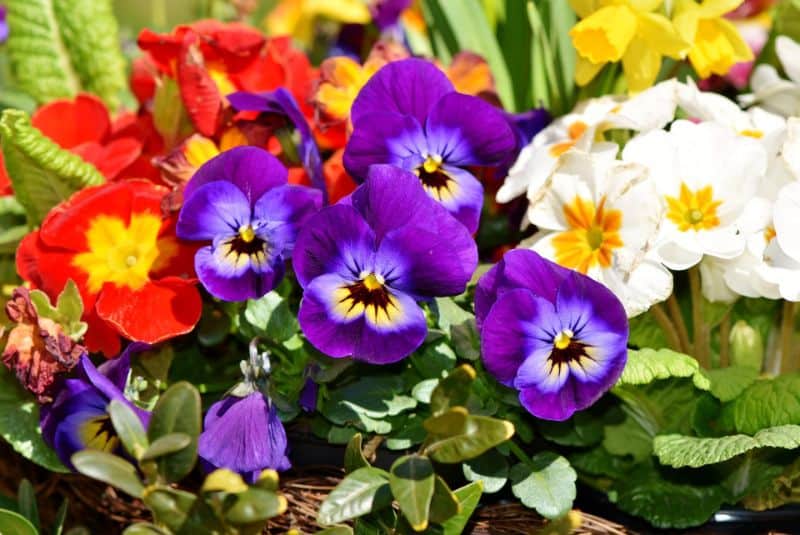
Pansies are hardy flowers known for their bright colors and unique patterns. They can withstand cooler temperatures and actually bloom better after a touch of frost. Pansies can serve as a splendid addition to autumn gardens.
Temperature Tolerance: Pansies thrive in temperatures between 45°F and 65°F.
Planting Dates: Plant in late August for beautiful fall displays.
Mums (Chrysanthemums)
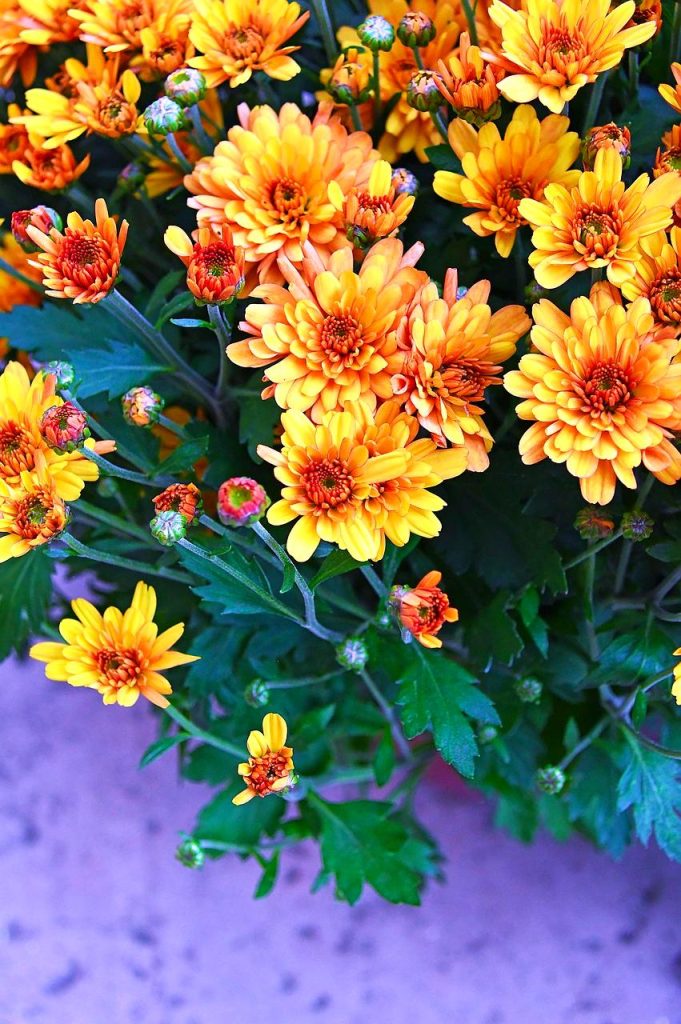
Mums provide a splash of color during late summer and fall. These robust flowers are well-known for their rich, colorful blooms that can last until the first frost. They thrive in full sun and are low-maintenance.
Temperature Tolerance: Mums thrive in temperatures of 60°F to 75°F.
Planting Dates: Late August is perfect for planting to achieve substantial blooms by early fall.
Asters
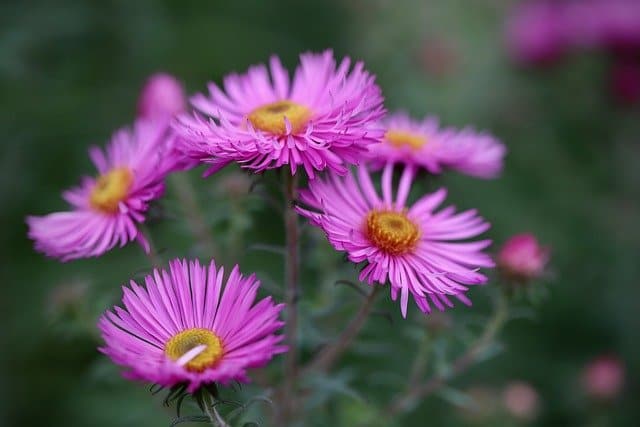
Asters are fall-blooming perennials that provide lovely purple and blue flowers, attracting bees and butterflies. They thrive in North Carolina’s climate and will often remain vibrant until the first frost occurs.
Temperature Tolerance: Optimal growing conditions are between 50°F and 70°F.
Planting Dates: Late August is a great time for planting aster seeds or transplants.
Sweet Alyssum
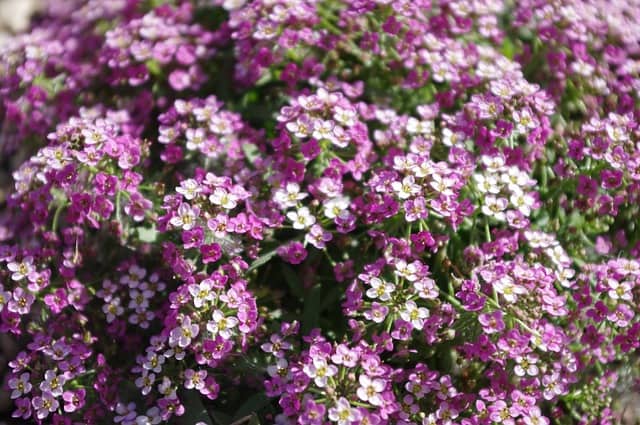
This fragrant flower can be sown directly or planted as transplants. Sweet Alyssum is perfect for borders and hanging baskets and can tolerate cooler temperatures, making it a great choice for late summer planting.
Temperature Tolerance: Best grown in temperatures between 55°F and 70°F.
Planting Dates: Plant in late August to embellish your garden as the seasons change.
California Poppy
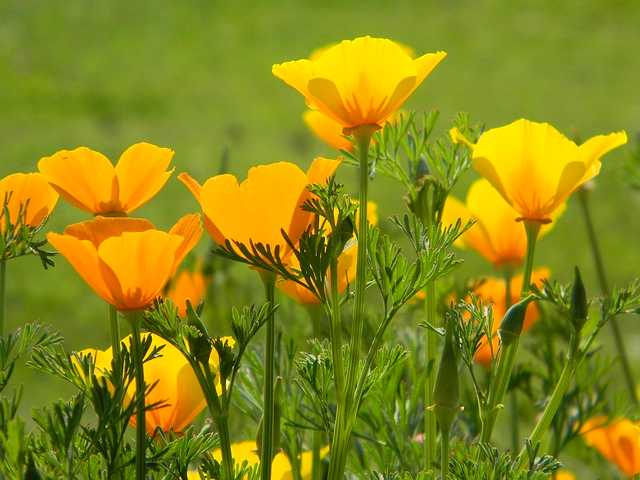
California poppies are resilient and drought-tolerant, adding shades of orange and yellow to your garden. They grow best in well-drained soil and sunny areas. Sowing seeds in late summer gives rise to vibrant flora for fall.
Temperature Tolerance: Optimal between 60°F and 75°F.
Planting Dates: Late August planting will supplement blooms around September.
Ornamental Kale
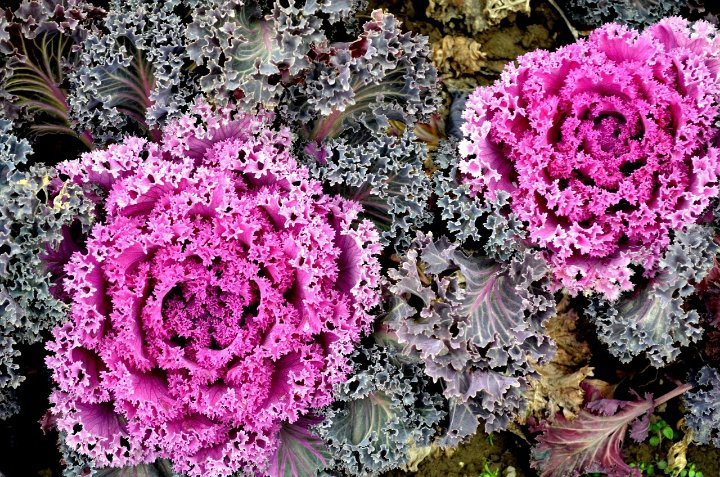
Ornamental kale provides unique visual interest with its rosette form and colorful foliage. It thrives in cooler weather, making it an excellent choice for fall gardens. These plants can withstand frost and maintain their beauty.
Temperature Tolerance: Grows best between 45°F and 65°F.
Planting Dates: Plant in mid to late August for optimal growth.
Zinnias
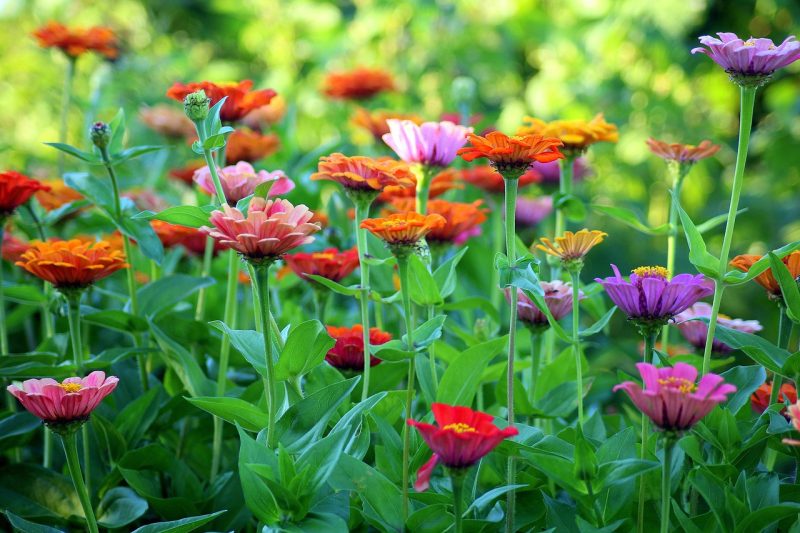
Zinnias are robust annuals that bloom profusely and are easy to grow in North Carolina. Late summer is an excellent time to plant zinna seeds, extending their flowering period into fall and attracting pollinators.
Temperature Tolerance: They thrive in warmer temperatures, approximately 65°F to 90°F.
Planting Dates: Plant zinnia seeds until mid-August for enduring blooms through fall.
Cosmos
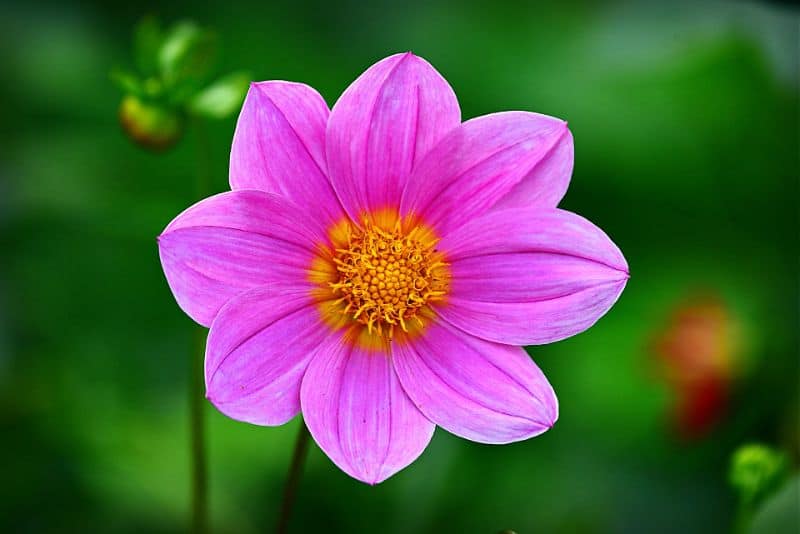
Cosmos are beautiful, free-flowering plants that provide a delightful display in gardens. They are drought-tolerant and can thrive in various soil conditions, making them an excellent choice for September blooms.
Temperature Tolerance: Ideal conditions range from 60°F to a hot 80°F.
Planting Dates: Plant in early to mid-August for a robust display into autumn.
Herbs To Plant
Herbs can thrive in late summer and provide fresh flavors for your meals. August is a great time to plant herbs that will flourish in the cooler months, enhancing your culinary experiences.
Basil
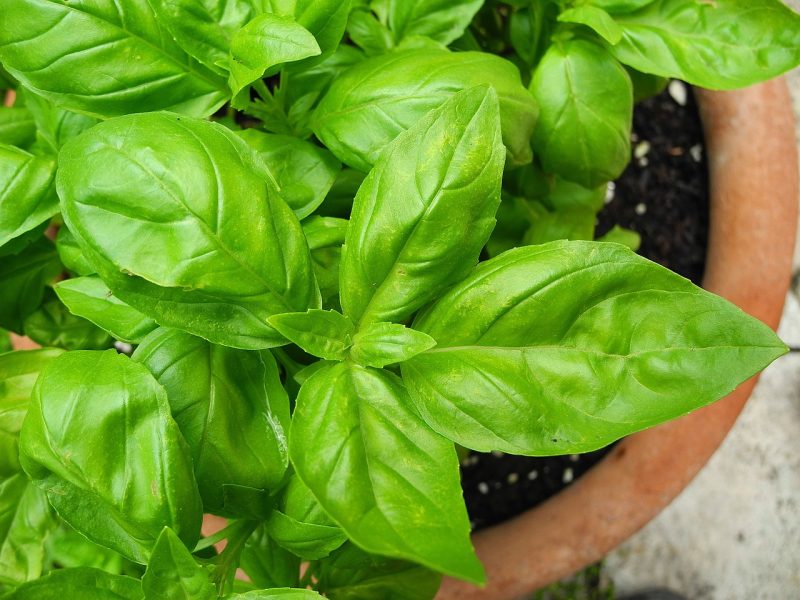
Basil, a warm-weather herb, can still be planted in August, especially in regions where the first frost arrives later. Planting basil early in the month helps achieve robust growth before the temperatures drop.
Temperature Tolerance: Prefers warm temperatures between 70°F and 90°F.
Planting Dates: Until mid-August is ideal for planting basil.
Cilantro
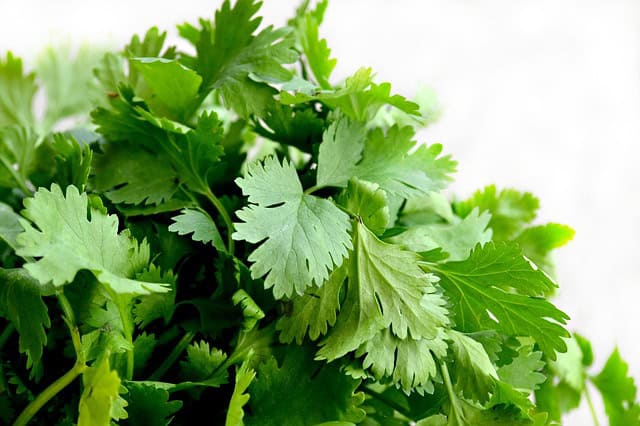
Cilantro is a cool-season herb that can be directly sown into the garden in late August for a quick late-season harvest. It prefers cooler temperatures and will bolt in heat, so early fall is perfect for cultivation.
Temperature Tolerance: Ideal temperatures are 55°F to 75°F.
Planting Dates: Late August is suitable for successful cilantro growth.
Dill
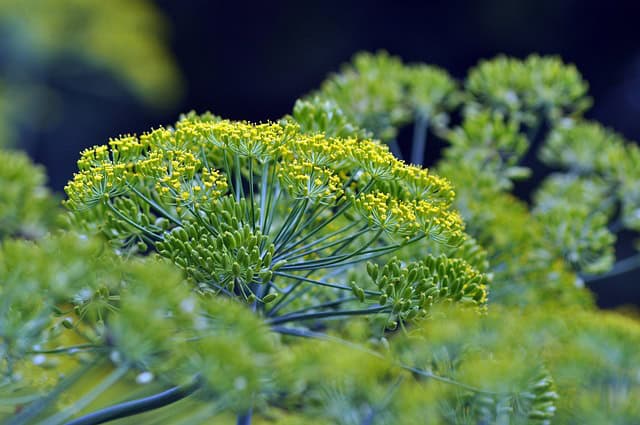
Dill can be planted in August as a late-season herb. It is easy to grow and provides delightful flavor for many dishes. Dill prefers well-draining soil and does well in sunny locations.
Temperature Tolerance: Thrives in temperatures between 60°F and 80°F.
Planting Dates: Plant in early to mid-August for a successful fall crop.
Chives
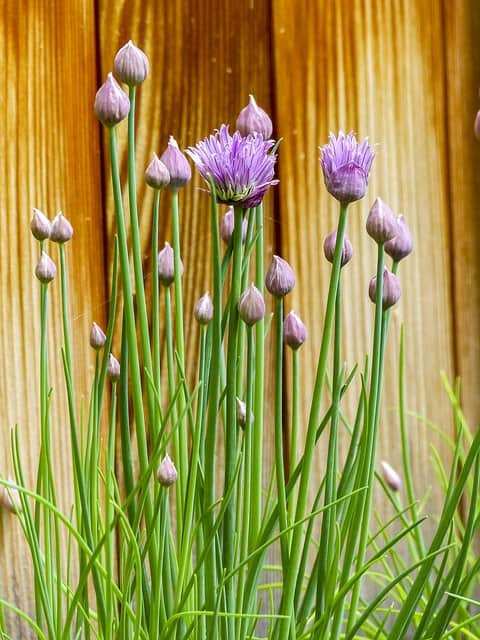
Chives are perennial herbs that can be planted in late summer. They are hardy and can tolerate mild frost, making them a great addition to your garden that will return year after year.
Temperature Tolerance: Ideal conditions hover around 60°F to 75°F.
Planting Dates: Late August is a suitable planting time.
Oregano
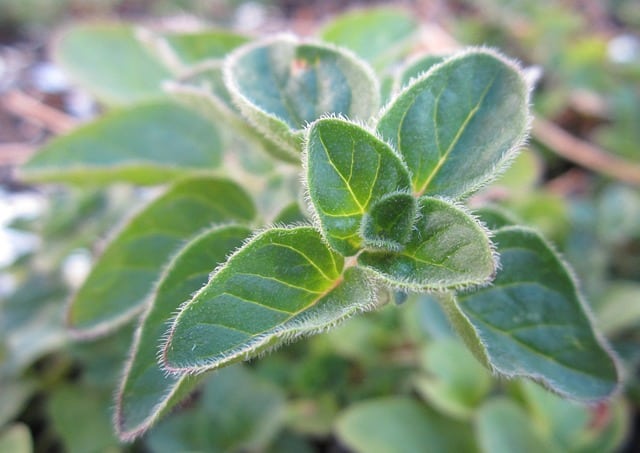
Oregano is a perennial herb that thrives in North Carolina’s climate. Late summer is perfect for planting as it will establish roots before winter. Oregano is a versatile herb used in various cuisines.
Temperature Tolerance: Prefers 60°F to 80°F for growth.
Planting Dates: Early to mid-August works best for planting oregano.
Thyme
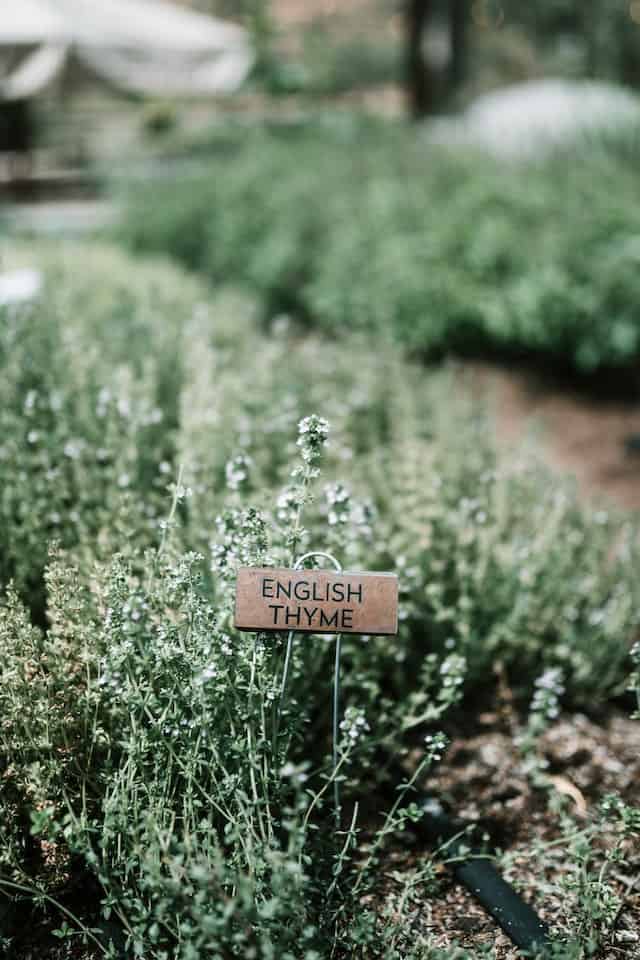
Thyme is a hardy perennial that can be planted in late summer. Its ability to withstand drought makes it easy to maintain, and it adds fragrance and flavor to your dishes.
Temperature Tolerance: Grows best between 60°F and 80°F.
Planting Dates: Late August will provide ample time for establishing thyme before fall.
Parsley
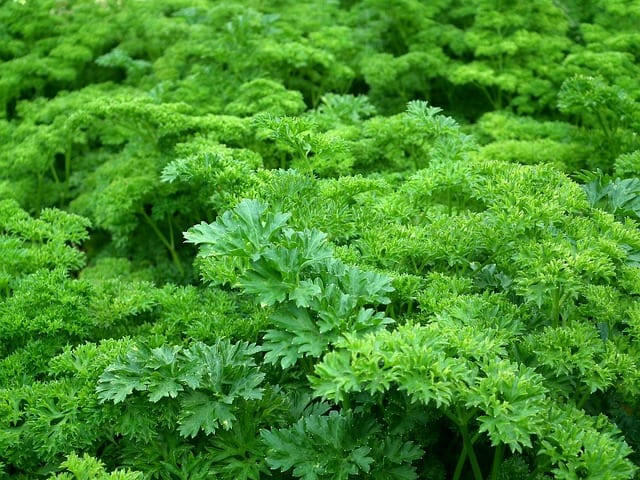
Parsley can be planted in late summer, preferably in well-drained soil. This biennial herb prefers cooler temperatures and can be enjoyed throughout the fall.
Temperature Tolerance: Best at temperatures from 60°F to 70°F.
Planting Dates: Plant parsley seeds in late August for optimal growth.
Sage
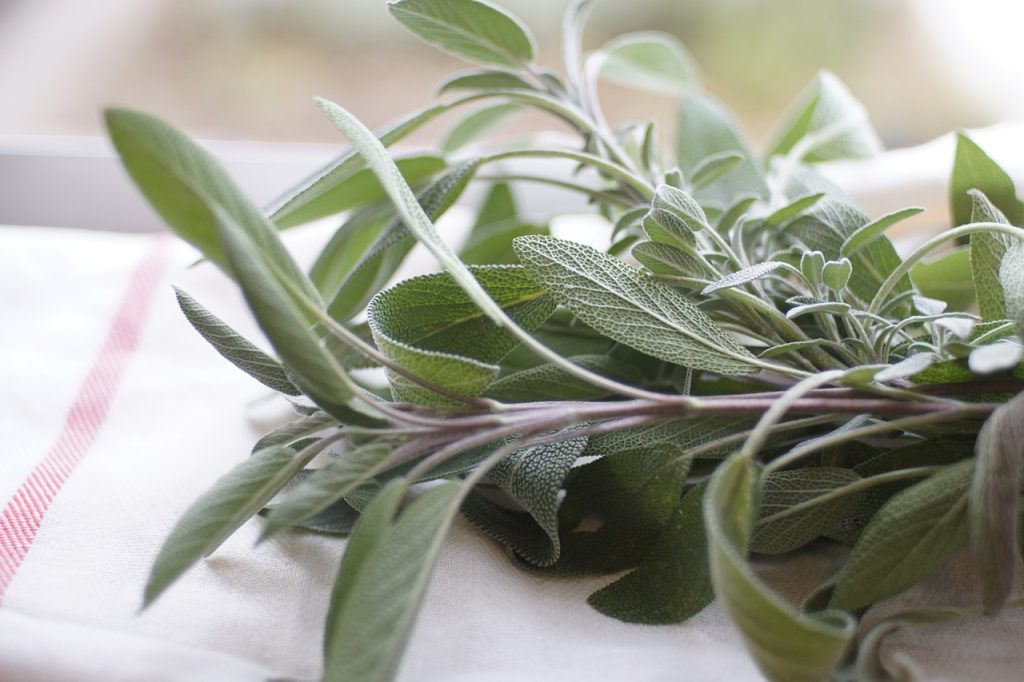
Sage is a perennial herb that does well in various climates, including North Carolina. August is an excellent time to plant sage, which can tolerate light frosts while developing rich, aromatic flavors.
Temperature Tolerance: Ideal temperatures range from 60°F to 75°F.
Planting Dates: Late August allows adequate time for sage to establish.
Mint
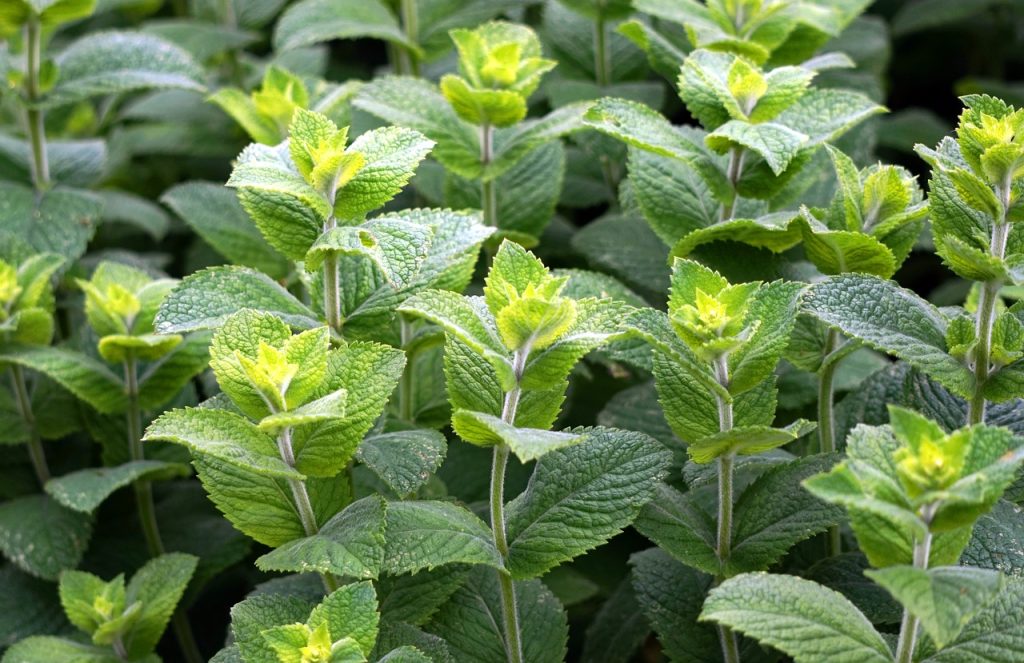
Mint is an aggressive perennial that grows well in North Carolina. Late summer is suitable for planting since it can provide fresh leaves for culinary use well into the fall. Ensure mint is planted in containers to control its spread.
Temperature Tolerance: Prefers temperatures between 60°F to 80°F.
Planting Dates: Plant mint in August and enjoy its refreshing flavors throughout the season.
Lemon Balm
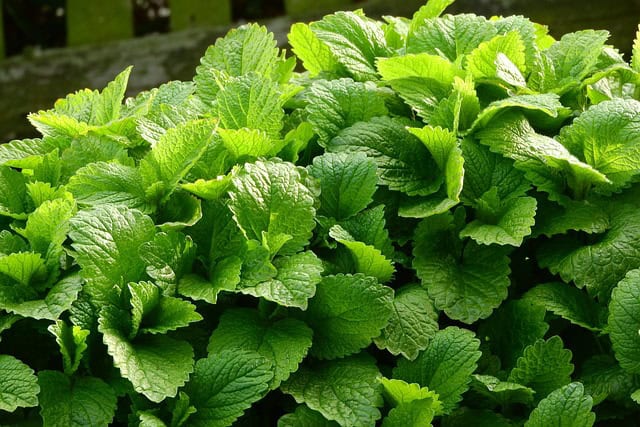
Lemon balm, a fragrant herb, can be planted in August. It thrives in well-drained soil and can tolerate cooler temperatures, offering fresh lemony aromas for teas and culinary applications.
Temperature Tolerance: Ideal growing temperatures range from 60°F to 75°F.
Planting Dates: Late August is a suitable time for planting.
Landscape Plants To Plant
August is an excellent time to consider new landscape plants that will thrive in North Carolina’s climate. Establishing your landscape now can lead to a vibrant garden that lasts into the fall months.
Ornamental Grasses
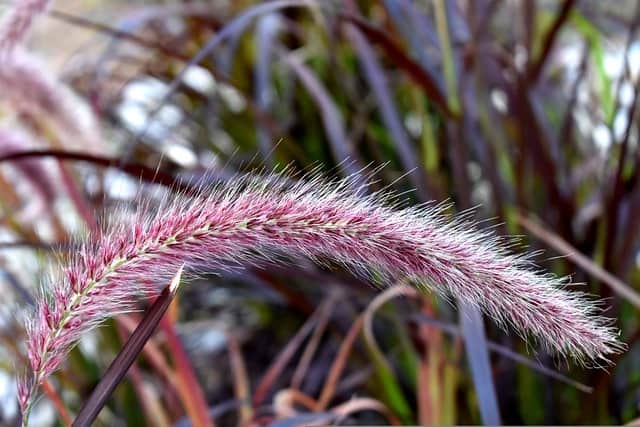
Ornamental grasses can provide textures and movement to your garden. Common varieties suited for North Carolina include Miscanthus and Sedges. These grasses thrive in various soil types and typically require little maintenance once established.
Temperature Tolerance: Grasses prefer a range of temperatures from 50°F to 80°F.
Planting Dates: Mid to late August is ideal for planting.
Tansy
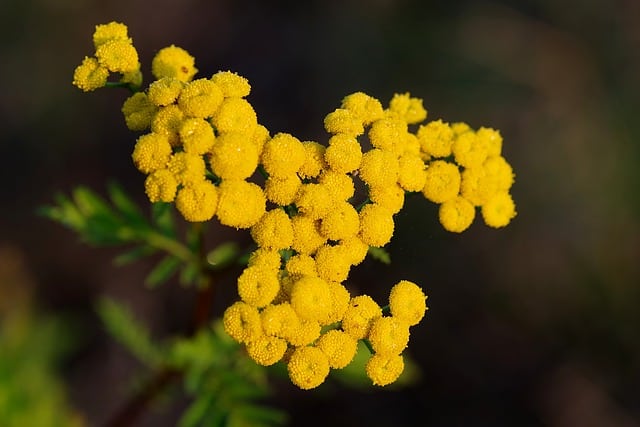
Consider planting fall-blooming perennials like Sedum and Tansy, which can add color and structure to your landscape. These plants are hardy and often attract beneficial pollinators, enhancing biodiversity in your garden.
Temperature Tolerance: Thrives best between 60°F and 75°F.
Planting Dates: Late August is suitable for planting to ensure timely blooms before frost.
Evergreen Shrubs
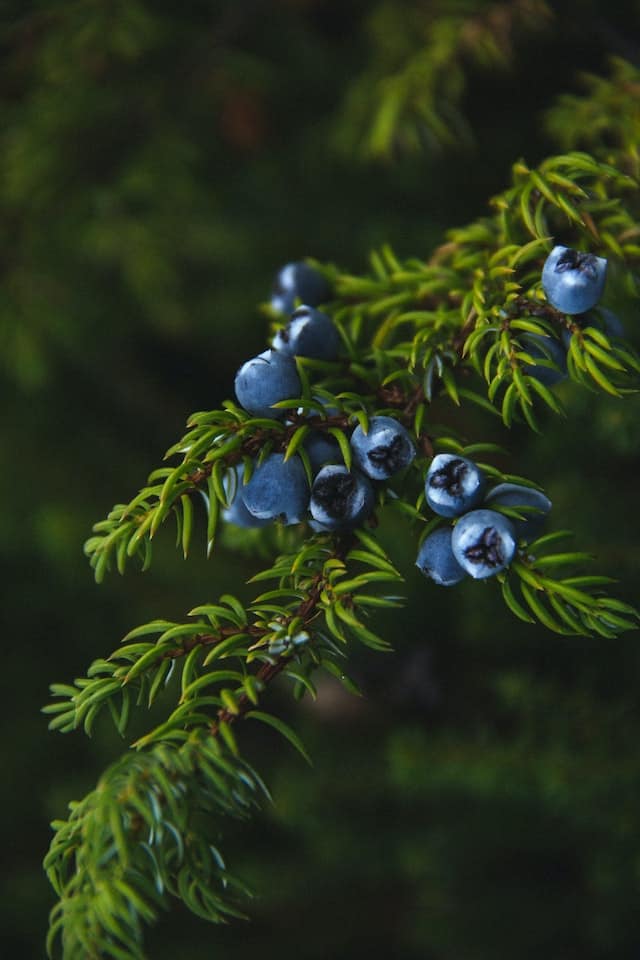
August is a great time to plant evergreen shrubs such as Hollies and Junipers. These shrubs provide year-round greenery, making them an essential part of any landscape design. They are hardy and acclimate well during cooler months.
Temperature Tolerance: Best suited for a range of 60°F to 80°F during establishment.
Planting Dates: Plant during late August to allow roots to develop before winter.
Hydrangeas
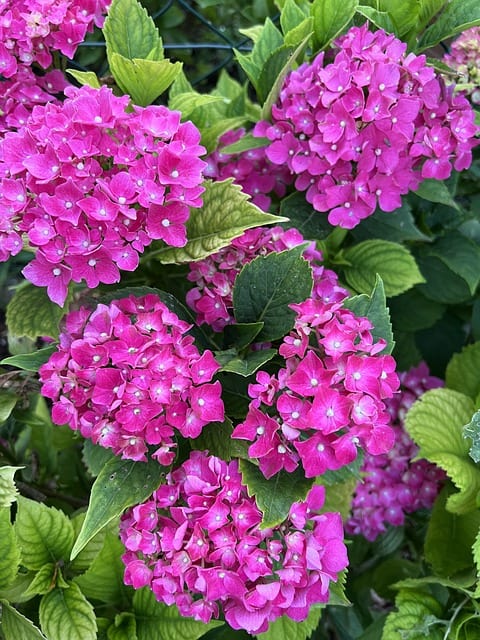
Hydrangeas are popular for their beautiful blooms and foliage. Planting them in August allows for rooting and establishment before drier, cooler fall weather. Ensure they have adequate shade and moisture.
Temperature Tolerance: Prefer moderate conditions of 60°F to 75°F.
Planting Dates: Late August is ideal for planting hydrangeas.
Native Wildflowers
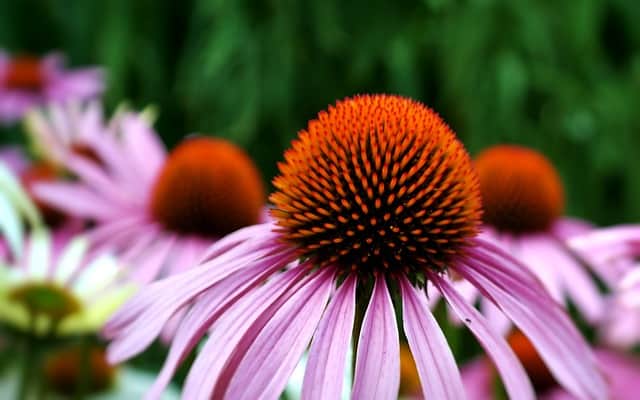
Planting native wildflowers contributes to local ecosystems while enhancing your landscape. Species such as Black-eyed Susans and Coneflowers can thrive well into the fall, attracting pollinators and enhancing biodiversity.
Temperature Tolerance: Generally tolerant of a wide range, approximately 55°F to 70°F.
Planting Dates: Late August is ideal for planting these flowers.
Roses
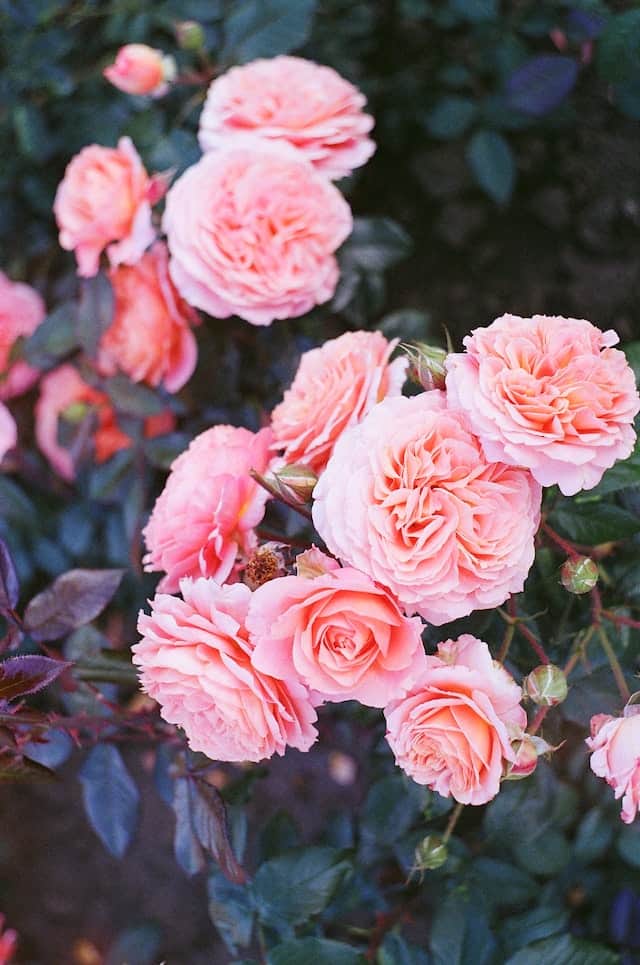
While planting roses requires attention to soil and drainage, late August is a suitable time to plant many varieties. They prefer a sunny location and can thrive in North Carolina’s climate with some winter protection.
Temperature Tolerance: Ideal at temperatures between 60°F and 80°F.
Planting Dates: Mid to late August is perfect for establishing new rose plants.
Fruit Trees
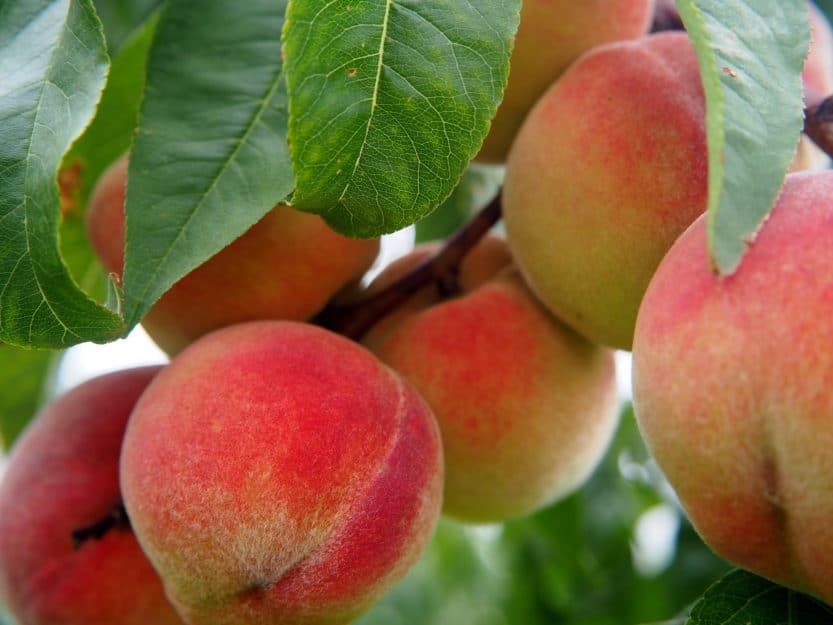
Consider planting fruit trees like Apple or Pear trees in late summer. These trees prefer well-drained soil and sunny locations. Planting in August allows their roots to establish before winter.
Temperature Tolerance: Ideal between 60°F and 75°F.
Planting Dates: Late August is optimal for planting fruit trees.
Boxwood
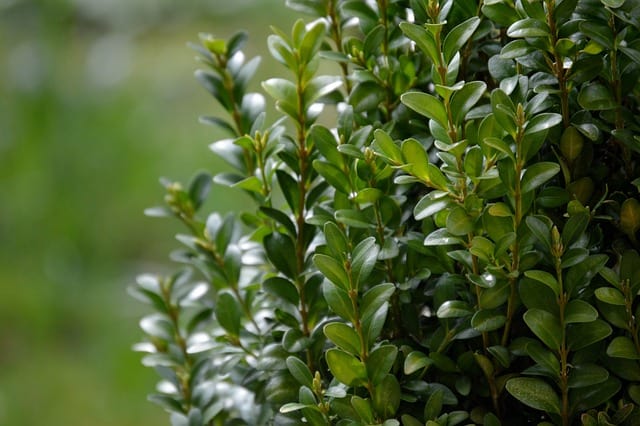
Boxwood shrubs are a classic choice for landscaping. They can be pruned to maintain their desired shape and can establish roots well when planted in late summer.
Temperature Tolerance: Thrives in temperatures ranging from 50°F to 70°F.
Planting Dates: Late August provides an excellent opportunity for planting.
Ferns
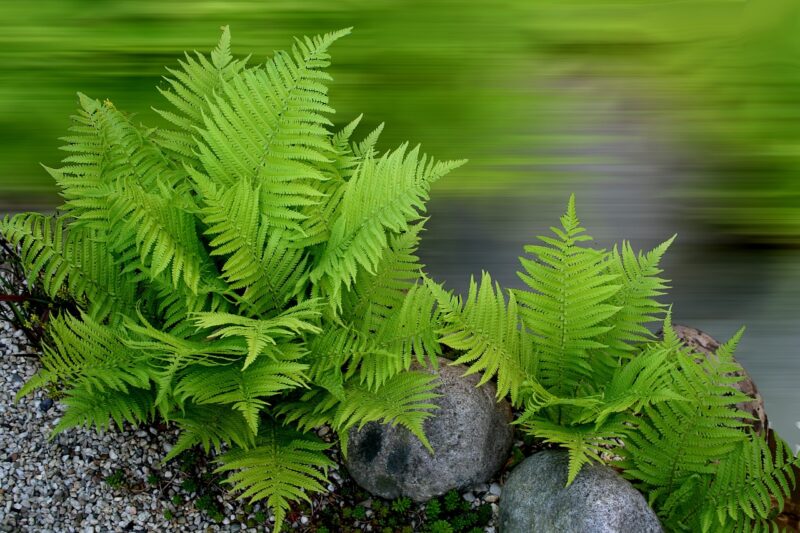
Ferns can add a lush, green aspect to your landscape design. August is ideal for planting varieties like Eastern Red Cedar or Autumn Fern, as they can establish before cooler temperatures set in.
Temperature Tolerance: Prefer cooler conditions between 60°F and 75°F.
Planting Dates: Late August is suitable for planting.


